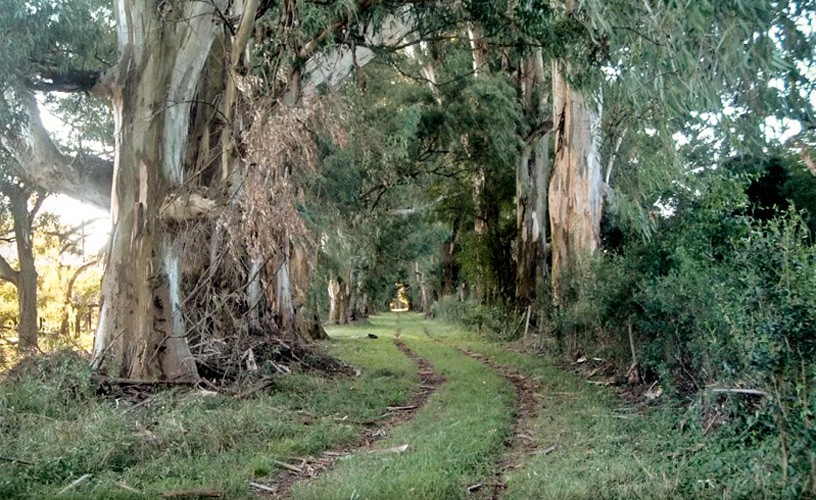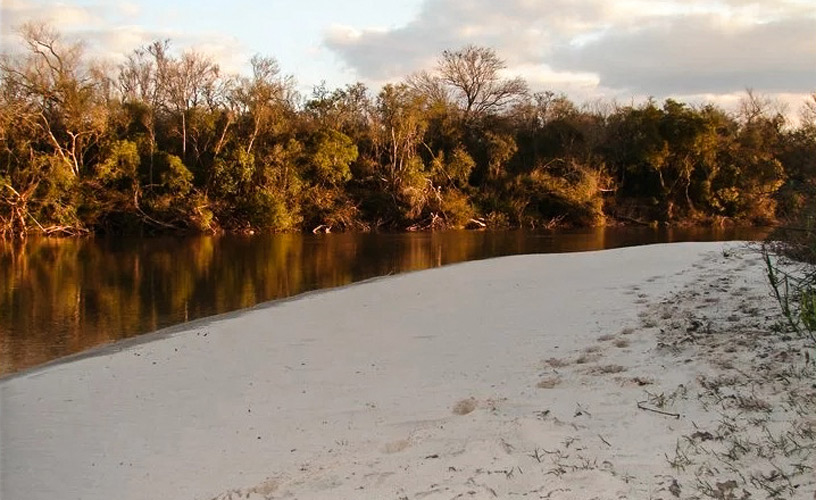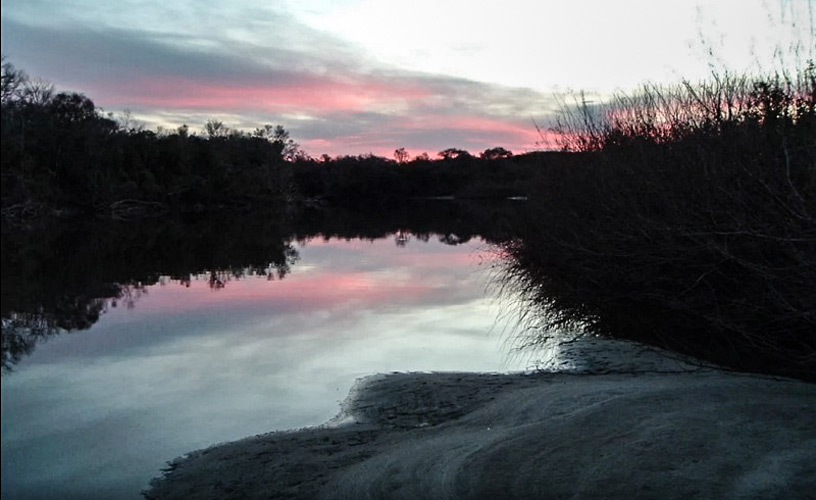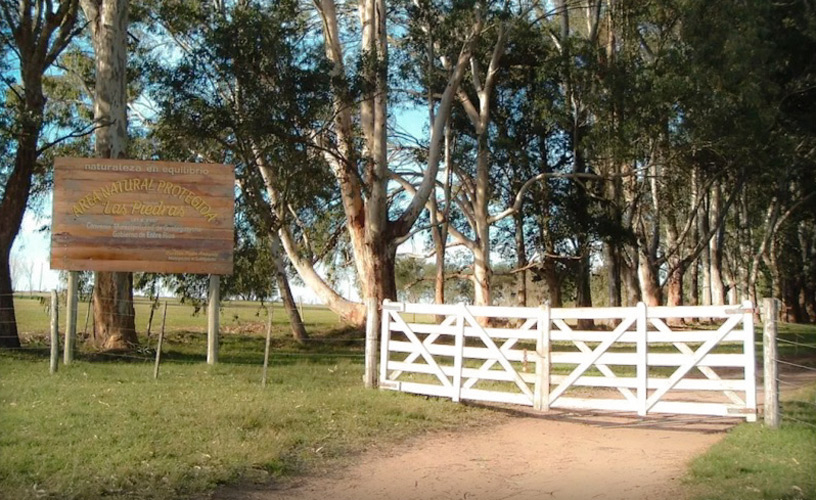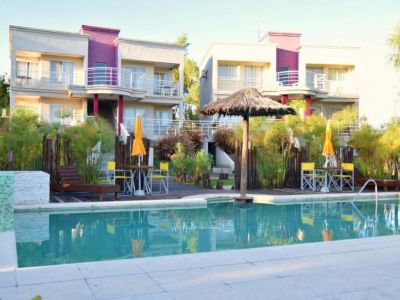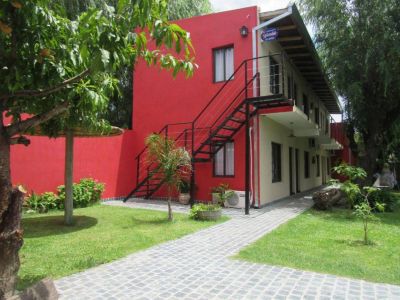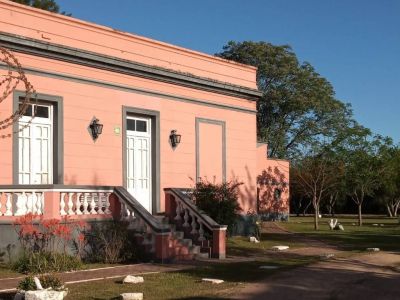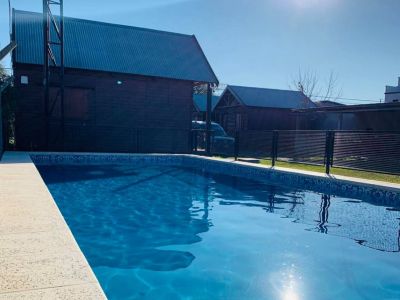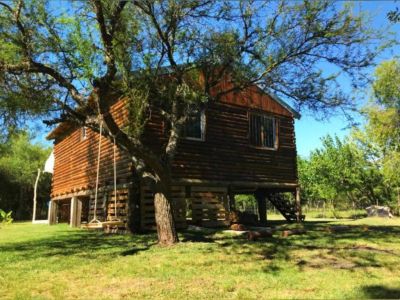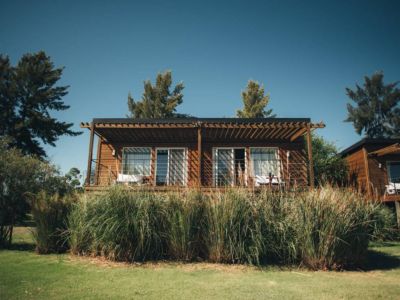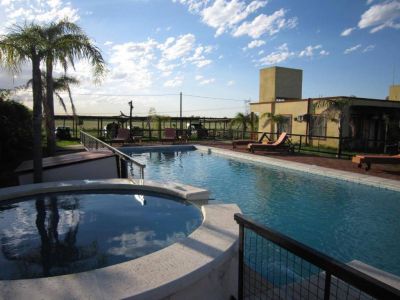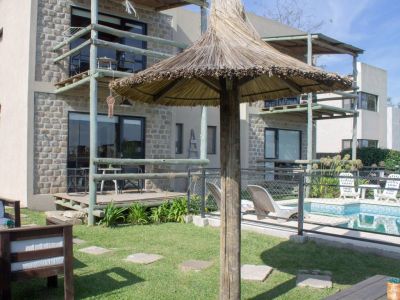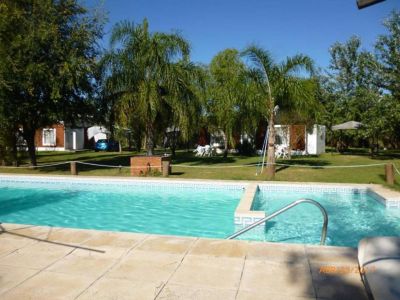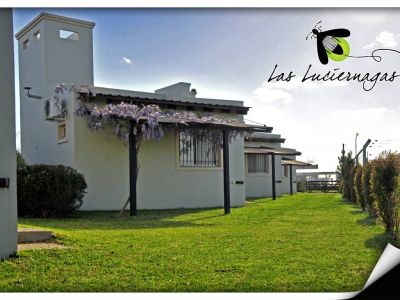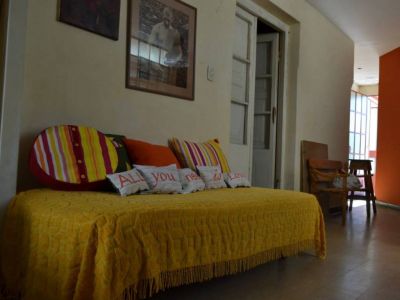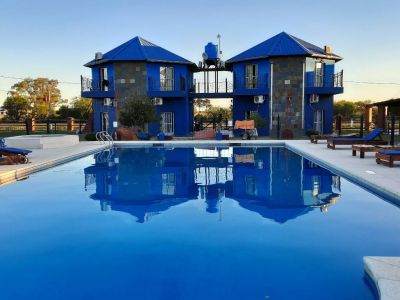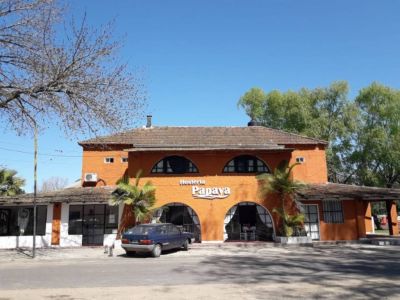In Gualeguaychú we had the chance to go on an interpretative walking tour, and thus see the flora and fauna of this particular transition ecosystem in these latitudes in the Province of Entre Ríos.
For that reason, we made contact with Daniel Barrios, a Biology professor who specialized to become a guide in this kind of outdoors activities.
In previous visits to the city of carnival, we had heard about the Las Piedras Provincial Reserve and the masterly lectures given by Barrios to the people interested in the interrelationship among organisms, creating awareness through education so that people are more responsible about the environment.
Las Piedras Provincial Reserve
As we did not wish to miss the occasion, we took Provincial Route 20, to the reserve where hiking is practiced, located fifteen kilometers from the city.
There we met Daniel, who rapidly showed his passion for the subject. Using strategies and dynamics, he started to give us all the information we had gone in search for.
The reserve we were seeing is located in a 300-hectare area, out of which only 40 hectares are destined to walks to interpret nature. The path is frequently visited by numerous students from elementary and high schools and universities, who are to study the care and interpretation of the environment.
“This region is characterized by the large amount of vascular plants” –pointed out the specialist, as he led us to the inner part of the ancient estancia.
After putting on rubber boots, we started to walk along the path. “The circuit of the tour is not long, but we will stop every now and then to watch the most significant species of the area” –Barrios added.
Soon he surprised us with a talinum leaf. This species has a very important nutritional value and is often consumed in Asian countries. We watched its parallel veins in detail.
As we went about, we watched the characteristics of trees in the Misiones rainforest. These forests are more impoverished due to the variation of the weather in these latitudes. Among the creepers and exotic lianas, we highlighted the so-called honeysuckle.
We kept on walking, always along the indicated path, and we stopped to see various typical trees of this area, such as the whitebrush, the carbonillo and the molle –among the most outstanding species.
Ahead, we watched another particular plant, the ververis, which has an important value at the time local butterflies lay their eggs.
We continued along the path, this time to go across an area of mixed woodland, where xerophilous species appear –plants that get adapted to drought- with species typical from forests growing along river banks.
Suddenly, a bright green caught our attention: they were lichens growing on a log. Their texture felt like a carpet lying in the middle of the forest. “Lichens –Daniel explained- are biological catalysts; they are symbiotic organisms. They do not affect the plant on which they lie. They just take the nutrients from the tree bark, which is dead tissue. They are so sensitive to atmospheric pollution that they would disappear immediately if there was any kind of contamination.”
Fascinated by the story, we took advantage of the moment to load our lungs with oxygen from the environment, as we were inside an ecosystem free of pollution.
Afterwards, we started to border a meander along which the water runs. We watched very beautiful sandy spots. We learnt that the plants called sarandíes are responsible for these formations within this habitat. We soon heard some screeches coming from some long-tailed otters. The following mammals inhabit this area: ferrets, wildcats, Pampas cats, large American and thick-tailed opossums, red and axis deer –the latter have been introduced in the area by man. The snakes usually seen in the area, especially in the summer, are the yararás, and there are also multiple spiders.
Thus we continued along the path, beholding the marvelous ecosystem in Gualeguaychú. What is important about this activity is that it teaches individuals to have a greater responsibility about their surroundings.
We finished the tour with a feeling of happiness about what we had just experienced. The best part of this activity is the state of plenitude one feels when getting mixed with the environment. Silence and greenness will remain forever when we evoke our pass by the Las Piedras Provincial Reserve.
Marcelo Sola
Gentileza: Ricardo Rivollier
